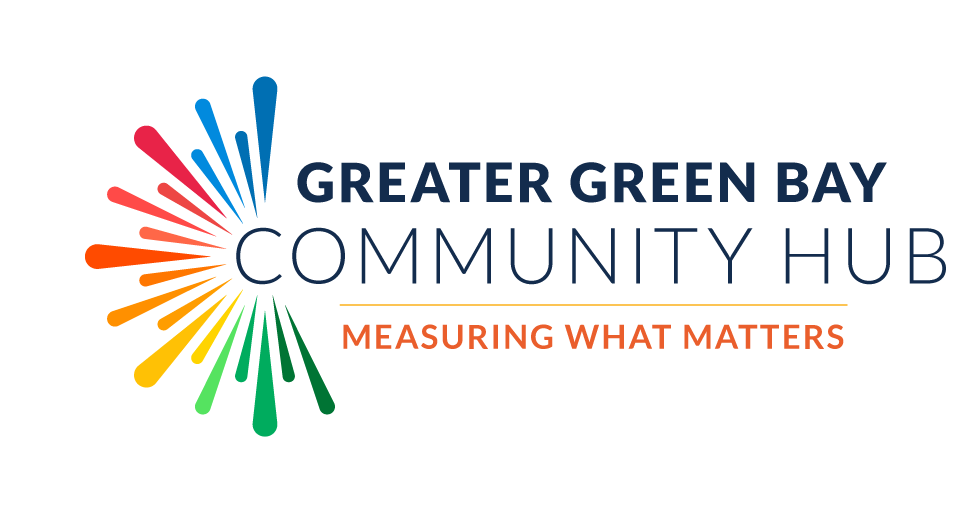Promising Practices
The Promising Practices database informs professionals and community members about documented approaches to improving community health and quality of life.
The ultimate goal is to support the systematic adoption, implementation, and evaluation of successful programs, practices, and policy changes. The database provides carefully reviewed, documented, and ranked practices that range from good ideas to evidence-based practices.
Learn more about the ranking methodology.
Filed under Evidence-Based Practice, Health / Children's Health, Children, Teens, Urban
Goal: The primary goal of the School Lunch Initiative is to transform the way Berkeley public school students eat lunch and to educate children about food, health, and the environment.
Impact: Three years after its conception, the program successfully eliminated nearly all processed foods from the school district dining halls and introduced fresh and organic foods to the daily menu. There was evidence that greater exposure to the School Lunch Initiative was significantly associated with higher nutrition knowledge scores among fourth graders and seventh graders. Furthermore, elementary school students from the schools with highly developed School Lunch Initiative components clearly expressed a higher preference for fruits and vegetables.
Filed under Evidence-Based Practice, Health / Physical Activity, Children, Urban
Goal: The goal of the School Nutrition Policy Initiative is to prevent and reduce overweight and obesity among low-income children.
Filed under Good Idea, Community / Governance, Children, Teens, Urban
Goal: The mission of the New York City Department of Education wellness policy is to reduce sedentary lifestyle and to promote nutritious eating among children.
Filed under Evidence-Based Practice, Health / Respiratory Diseases, Children, Families, Urban
Goal: The objective of this study was to examine the health benefits and cost-effectiveness of the School-Based Asthma Therapy (SBAT) program compared with usual care.
Impact: School-Based Asthma Therapy resulted in 158 symptom-free days per month per 100 children and a cost-effectiveness of $10 per symptom-free day.
Filed under Evidence-Based Practice, Health / Mental Health & Mental Disorders
Goal: The goal of this program is to help clients move beyond trauma and substance abuse.
Impact: Multiple evaluations of the Seeking Safety program in various settings have shown positive outcomes for substance abuse/addiction, substance abuse disorder, and post-traumatic stress disorder.
Filed under Evidence-Based Practice, Health / Immunizations & Infectious Diseases, Adults, Racial/Ethnic Minorities
Goal: The goal of the SHIELD intervention is to reduce drug and sex risk behaviors.
Filed under Evidence-Based Practice, Health / Children's Health, Adults, Women, Families, Racial/Ethnic Minorities, Urban
Goal: The objectives are to increase knowledge of SIDS risk reduction strategies, including sleep position, use of cribs (instead of adult beds and couches), and elimination of bedding.
Impact: Childcare provider behavior related to safe sleep practices can be improved from short, in-person targeted educational sessions.
Filed under Evidence-Based Practice, Health / Maternal, Fetal & Infant Health, Children, Families, Racial/Ethnic Minorities
Goal: The objectives are to increase knowledge of SIDS risk reduction strategies, including sleep position and roomsharing without bedsharing.
Impact: A 15-minute educational session with small groups of parents is effective in informing parents about the importance of safe sleep position and in changing parent behavior for at least the first 6 months of the infant's life.
Filed under Evidence-Based Practice, Health / Women's Health, Women, Racial/Ethnic Minorities
Goal: The goals of Sister-to-Sister are to eliminate or reduce sex risk behaviors, and to prevent new STD infections.
Filed under Effective Practice, Environmental Health / Built Environment
Goal: Smart Growth has three straightforward goals:
- to save our most valuable remaining natural resources before they are forever lost,
- to support existing communities and neighborhoods by targeting state resources to support development in areas where the infrastructure is already in place or planned to support it, and
- to save taxpayers millions of dollars in the unnecessary cost of building the infrastructure required to support sprawl.
